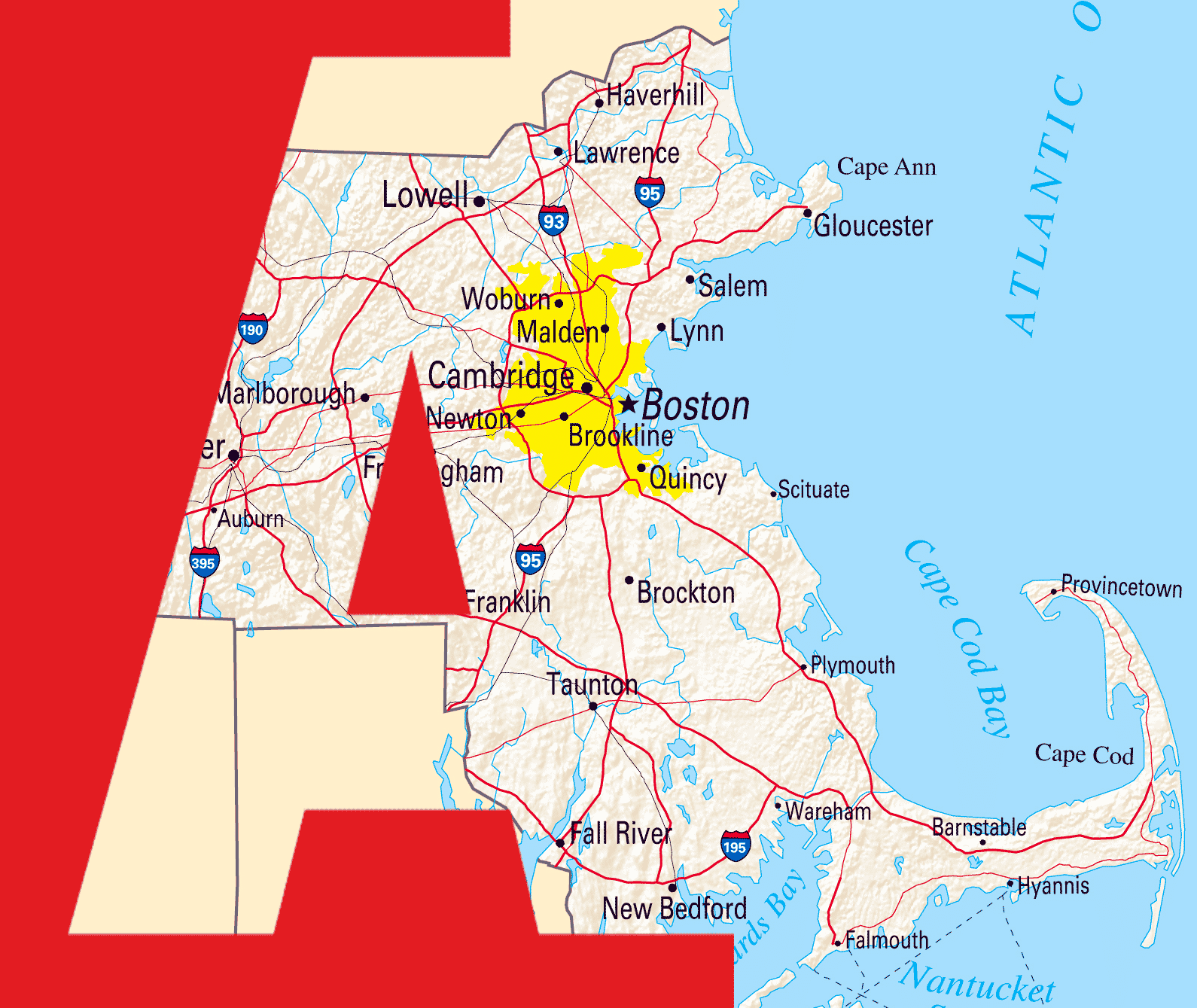In architecture, buildings are built from layers of masonry known as courses. Courses are continuous layers running horizontally of the same unit bonded with mortar. The vertical equivalent of a course is known as a wythe. The unit of the course can be a variety of materials such as stone, shingles, tiles, concrete masonry units (CMU), or brick. A course is only one unit high and consists of uniform material

A standard 8-inch CMU block is the equivalent of three standard brick courses. This is intentional so brick walls can be built on top of a CMU course. An arrangement of several courses is known as a bond pattern, or bonding pattern. In masonry, the corners of the structure are built first with the space in between being filled in later.
In masonry, the three most popular course types are stretcher courses, header courses and soldier courses.
-
Stretcher Courses
Stretcher courses are courses of bricks or stones that lie with the longest side parallel to the face of the work. A stretcher is a unit laid horizontally so the unit’s longest end is parallel to the wall face.
-
Header Courses
Header courses are made up of units laid on the widest edge, leaving their longest end so that it is parallel to face outside the wall. Three-quarter bats are used for the corners. A header course requires twice as many bricks as a stretcher course making it more time consuming and expensive to build.
-
Soldier Courses
Soldier courses consist of bricks laid vertically with their long narrow sides presented. Bricks that are set with the narrow side exposed are called soldiers. The soldiers stand on their shortest end, leaving the narrowest edge to face the outside of the wall. Soldier courses are commonly used for window lintels as well as the tops of walls.
For more information on masonry and courses, contact Abbot Building Restoration at 617-445-0274 or email us at info@abbotbuilding.com.


